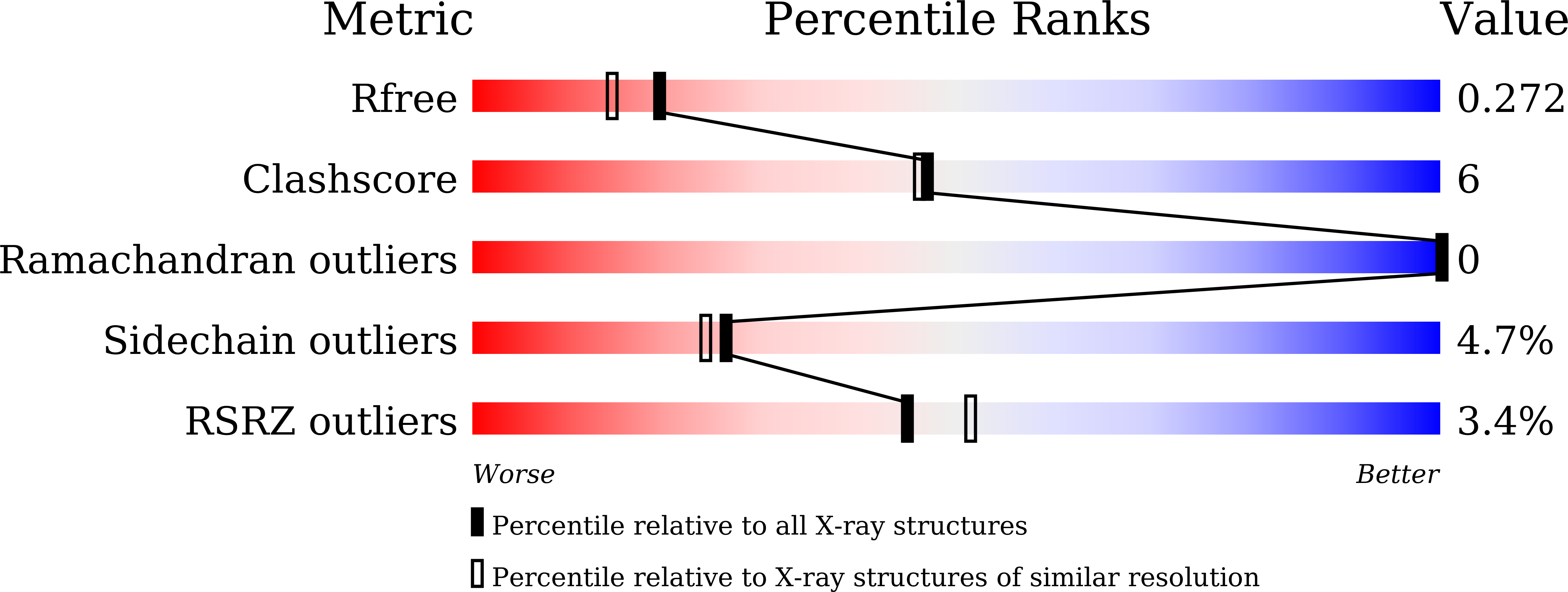
Deposition Date
2022-05-26
Release Date
2022-10-26
Last Version Date
2024-05-08
Entry Detail
PDB ID:
7XWK
Keywords:
Title:
structure of patulin-detoxifying enzyme Y155F with NADPH and substrate
Biological Source:
Source Organism:
Meyerozyma guilliermondii (Taxon ID: 4929)
Host Organism:
Method Details:
Experimental Method:
Resolution:
2.12 Å
R-Value Free:
0.26
R-Value Work:
0.19
R-Value Observed:
0.20
Space Group:
P 1 21 1


